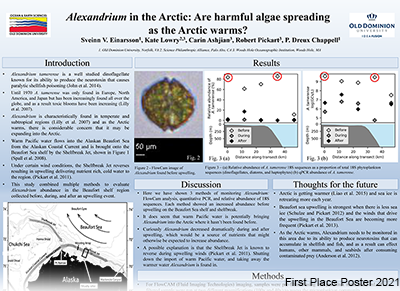ORCID
0000-0001-7208-0917 (Cruz)
College
Darden College of Education & Professional Studies
Department
Educ Foundations & Leadership
Program
Higher Education
Publication Date
4-2021
DOI
10.25883/c16v-s395
Abstract
International student enrollment (ISE) has become a hallmark of world-class higher education institutions (HEIs). Although the U.S. has welcomed the largest numbers of international students since the 1950s, ISE shrunk by 10% in the previous three years from an all-time high of 903,127 students in 2016/2017 (IIE, 2019). Research studies about international student mobility and enrollment highlights the significant role that academic and economic rationales play for international students. This quantitative, ex post facto study focused on the influence of ranking, tuition, Optional Practical Training, Gross Domestic Product, and the unemployment rate on ISE at 2,884 U.S. HEIs from 2008 to 2019 through the examination of four research questions. Data were analyzed for two longitudinal research questions using time series regression, particularly an Arellano-Bond estimator for an autoregressive distributed lag model. Linear OLS regression was used for the remaining two research questions which analyzed the variables for the 2018/2019 academic year, including OPT. Data were also analyzed using Carnegie classification (CC) as a grouping variable.
Results included that tuition was an important predictor of ISE, but it looked differently for different types of institutions. Higher ranking connected with higher ISE at doctoral institutions, but it was a deterrent at other institutions in the longitudinal analysis. This novel analysis of OPT showed that the number of students utilizing OPT was related to ISE, particularly at non-doctoral institutions. The findings were inconclusive about the influence of economic factors, as there were significant opposing findings in the different lags over time. This study also provided evidence that an urban location is important for ISE. Implications include the importance of advocating for sustainable federal immigration and employment policies, that context and institutional type influence ISE trends, and HEIs should better support international students in the United States to meet their career goals.
Keywords
Higher education, Immigration policy, International student enrollment, Time series
Disciplines
Bilingual, Multilingual, and Multicultural Education | Higher Education | Longitudinal Data Analysis and Time Series
Files
Download Full Text (6.2 MB)
Recommended Citation
Cruz, Natalie, "Institutional Context Drives Mobility: A Comprehensive Analysis of Academic and Economic Factors that Influence International Student Enrollment at United States Higher Education Institutions" (2021). College of Education & Professional Studies (Darden) Posters. 2.
https://digitalcommons.odu.edu/gradposters2021_education/2

Included in
Bilingual, Multilingual, and Multicultural Education Commons, Higher Education Commons, Longitudinal Data Analysis and Time Series Commons


